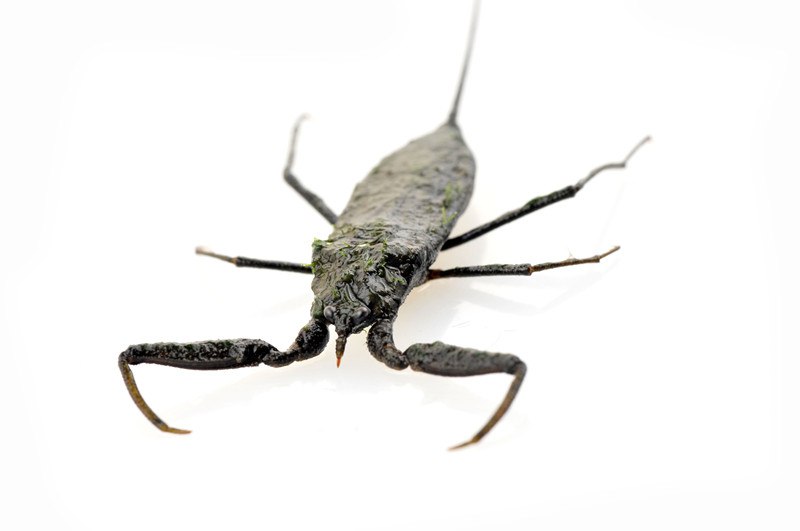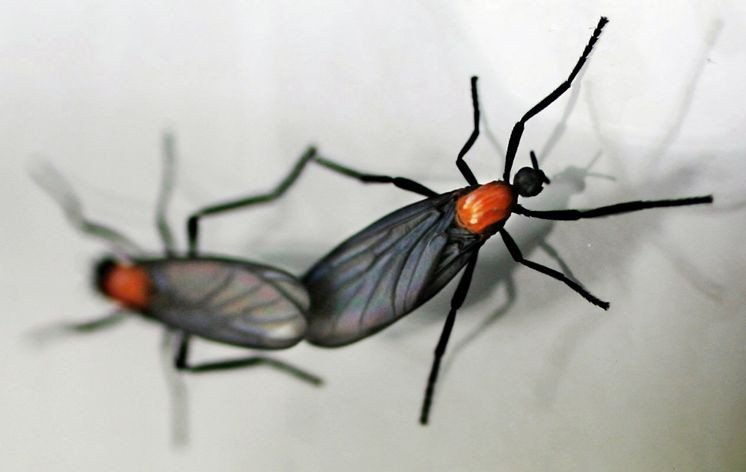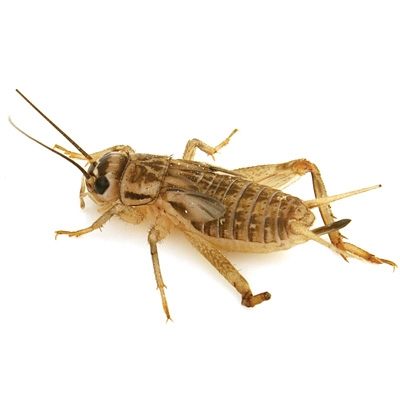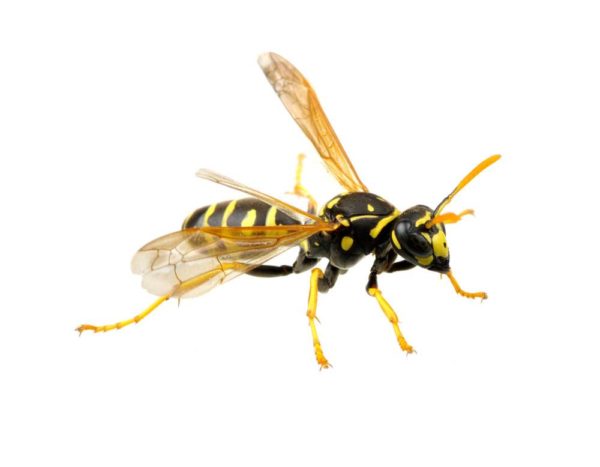Water scorpions are not really like those scorpions who live in the desert and are deadly creatures. The name is given to them because of their special feature of grasping their forelimbs. There are about 50 different species of water scorpion. These creatures are invertebrate’s aquatic animals. It almost identifies like a land scorpion in many ways. The species of water scorpion are carnivores, and they usually feed on fish and other aquatic insects. They have a pair of wings and almost three pairs of legs which are further divided. There is a long sucking beak at the start of the head. The head of the water scorpion is relatively small.
Basic Facts
Read moreWater Scorpion: General Facts and How to Deal with Them









